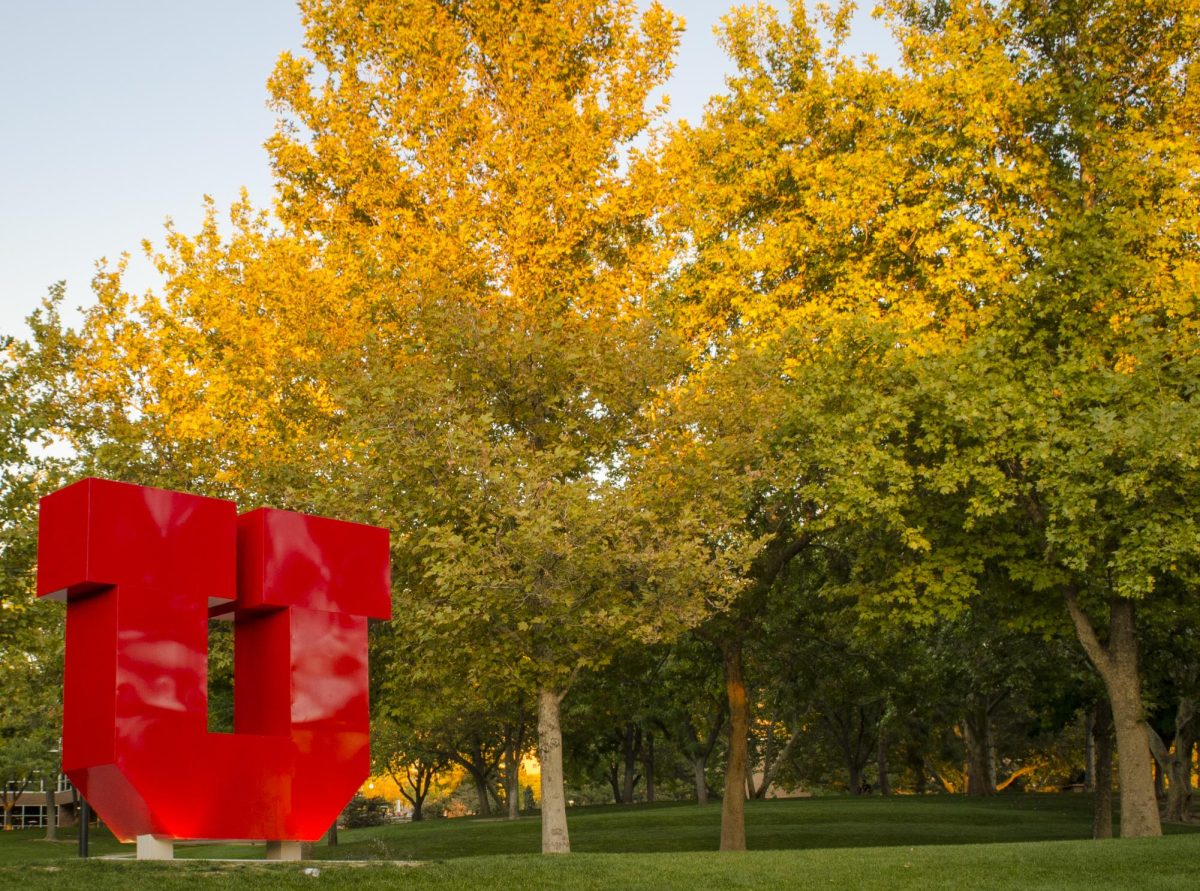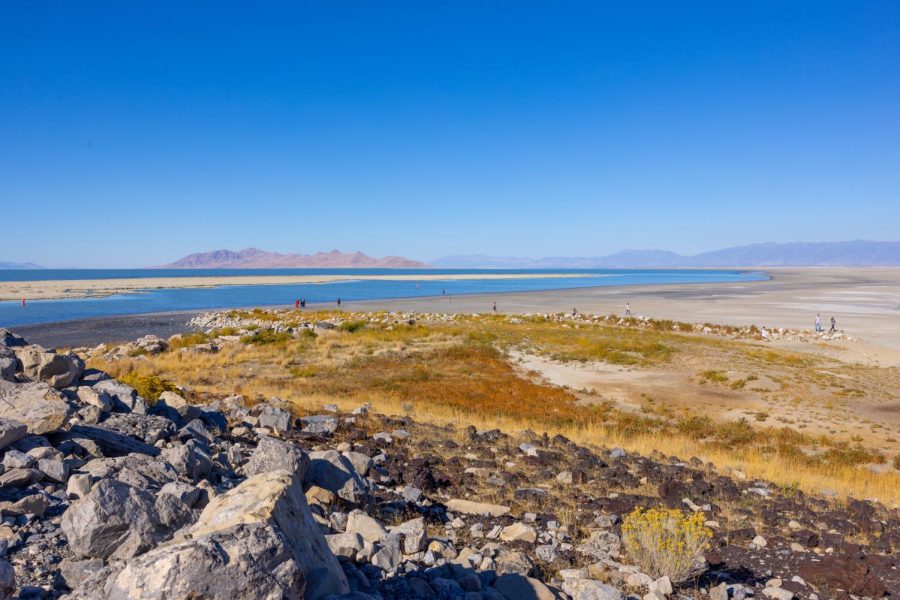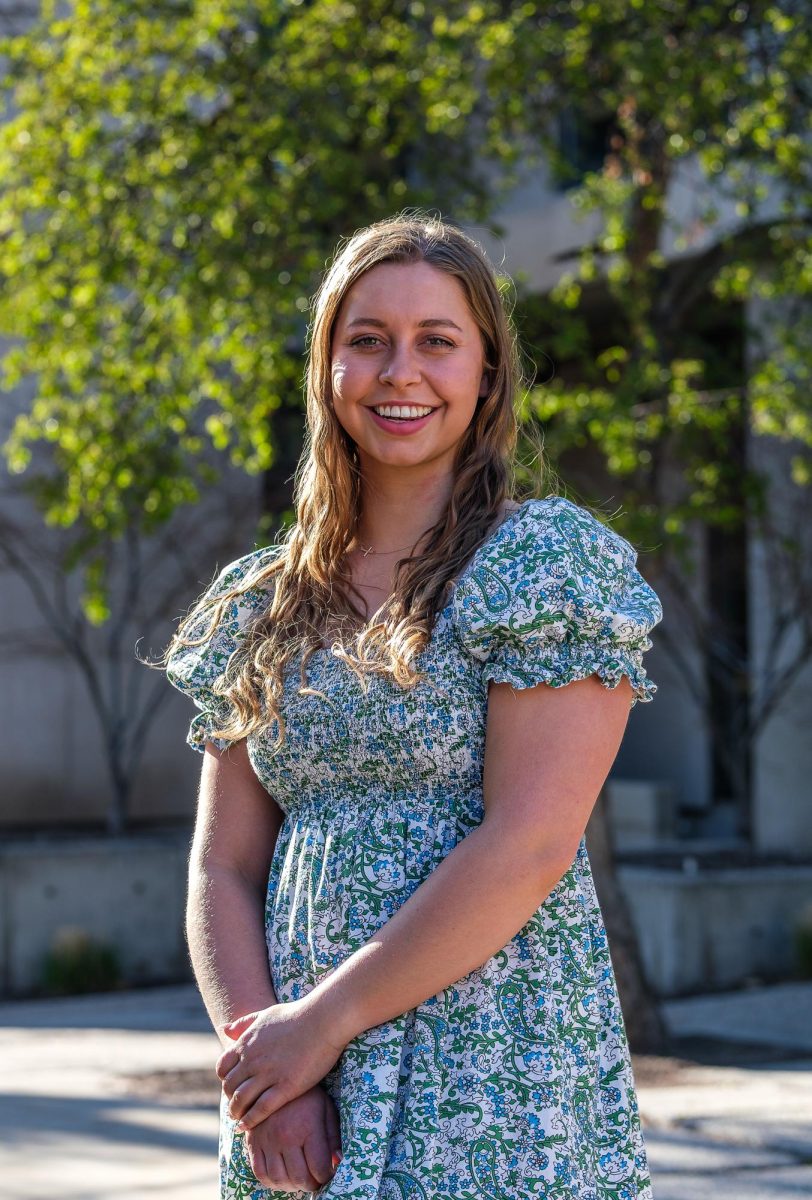Kevin Hultine has a gold mine of research space available to him in central Utah that ATV users can’t destroy on a ride through desert land.
The U biology professor has been studying the effects of certain trees on the environment for the past two years on an exclusive 400 acres of private land with a research station, which has been dubbed the Entrada Field Station and Education Center.
Sylvia Torti, station manager of Entrada, said the U began leasing the station last year and it’s developing plans to turn four buildings of old cabins and rooms assembled in the early 1900s into a facility with housing, lab and computer space and classrooms.
Instead of studying insects and plants from Petri dishes and test tubes, U students and faculty would be able to drive down to the station near Moab and study animals and other interests in their natural habitat.
For the past two years, Hultine has been spending time at the station, which has electricity, water and other necessities, studying the tamarisk tree, a Eurasian plant growing in central Utah that is known for taking up excess water. Tourist companies have grown concerned over the years because, when it spreads, the tree creates a thicket of brush that makes it difficult to camp in some areas.
Hultine studies the tree and how it affects the environment and ecosystem without most disturbances because of the secluded land.
“The nice thing about a private piece of property (is) it’s mostly unimpacted,” Hultine said. “It creates an opportunity to do large-scale research knowing the land won’t be impacted. Even if you have permission on public land to use it for research, nothing stops an ATV driving through.”
The station isn’t restricted to biology and environmental research. Multiple departments on campus have expressed interest in using the research facility, Torti said.
Besides biology, the College of Architecture and Planning, the communication department, civil engineering professors and the meteorology department have considered taking weeklong trips, or longer, down to Moab to access the free research space and landscape.
“We live in a very urban environment and it’s becoming more so every year,” Torti said. “The big idea is this would be a station for the university as a whole to do their work, a living laboratory for classes on the Colorado Plateau.”
Even writers, photographers and artists could take advantage of the plateau and nearby rivers to gain inspiration and work on class assignments.
Torti said the station’s advisory committee is planning how to raise money to expand the station and construct new buildings. Currently, there is one building for housing that can fit about 10 people, a life estate building for the landowner, a cabin for the caretaker and a building with a small laboratory and computer space.
“Our ultimate goal is to build a modern house that could fit 25 to 30 people, provide a nice kitchen area, modern lab space and collections of birds, insects and plants,” Torti said.
A new facility is a few years down the line, but the committee hopes to raise money with the help and collaboration of other research groups such as Texas A&M University, the Bureau of Reclamation in Denver, a water resource management group within the U.S. Department of the Interior and the United States Geological Survey in Moab that are using the land for research.
“They could potentially help find funding (and) develop pieces of the infrastructure,” Torti said.
The advisory committee will advertise for an Entrada undergraduate student fellowship in the next few weeks. The two student fellows picked would also be able to use the research facility for their own work.
 Kevin Hultine
Kevin HultineThe Entrada Field Station, located east of Moab, will be used to study the effects of trees on the land. The land is being leased, by the U, from a generous landowner.









